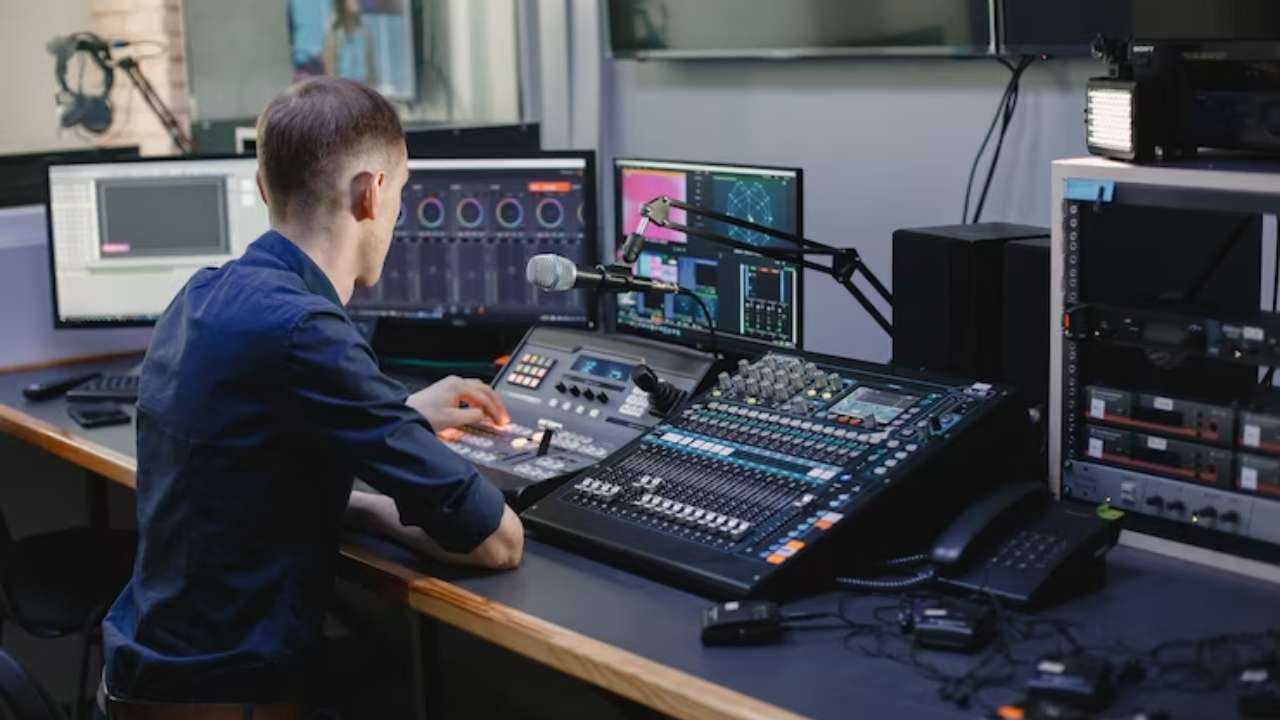Revolutionizing Transmission with Innovative Sound over Internet Protocol Technologies for a Integrated Future
Revolutionizing Transmission with Innovative Sound over Internet Protocol Technologies for a Integrated Future
Blog Article
This world of broadcasting is experiencing a major transformation thanks to cutting-edge sound over IP (AoIP) solutions. These developments are revolutionizing how audio content is created, delivered, and received. Audio over IP refers to the approach of transmitting audio streams over a computer network, utilizing Internet Protocol (IP) instead of conventional analog methods. This change not only enhances the standard of audio transmission but also offers broadcasters with more flexibility and control over their content.
One key benefit of audio over IP technology is its capability to connect multiple devices and technologies seamlessly. Classic broadcasting frequently relied on intricate wiring and tangible connections, which could be cumbersome and restrictive. With AoIP, broadcasters can readily connect mics, mixers, and other devices through a shared infrastructure. This integration allows for remote broadcasting and live transmissions from virtually any location, making it simpler to reach listeners across the globe. As a consequence, broadcasters can respond quickly to ongoing events and audience requests, leading to more dynamic and captivating content.
Additionally, AoIP technology facilitates superior audio standards that improve the auditory encounter. In contrast to traditional broadcasting techniques, which may compromise sound quality, audio over IP can maintain the integrity of the audio stream during the delivery procedure. This implies that view audiences can experience crisper and more detailed sound, whether they are tuning in via radio, streaming online, or employing portable devices. The capability to deliver high-fidelity audio is especially important for music and talk shows, where every detail matters to the audience.
Moreover, the implementation of audio over IP systems can lead to cost savings for broadcasters. By using existing network infrastructure, organizations can remove the need for costly hardware and extensive cabling. This not only reduces upfront costs but also lowers operational costs over time. Media firms can distribute resources more effectively, investing in content creation and talent development. As a result, the entire broadcasting industry can benefit from increased innovation and inventiveness, as financial resources are redirected toward improving programming and interacting with listeners.
In summary, the shift towards audio over IP technologies is transforming the media landscape. By allowing smooth links, improving audio quality, and reducing costs, AoIP is paving the way for a more integrated future in broadcasting. As broadcasters continue to adapt to these changes, they will be more prepared to satisfy the demands of their listeners, produce captivating content, and remain competitive in an ever-evolving industry. The future of broadcasting is promising, and audio over IP will play a crucial role in shaping the manner in which we interact with audio content in the years to follow.